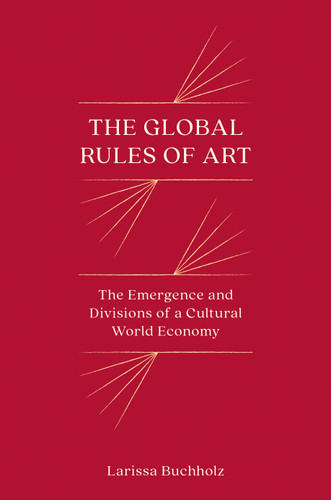Overview
A trailblazing look at the historical emergence of a global field in contemporary art and the diverse ways artists become valued worldwide
Prior to the 1980s, the postwar canon of “international” contemporary art was made up almost exclusively of artists from North America and Western Europe, while cultural agents from other parts of the world often found themselves on the margins. The Global Rules of Art examines how this discriminatory situation has changed in recent decades. Drawing from abundant sources—including objective indicators from more than one hundred countries, multiple institutional histories and discourses, extensive fieldwork, and interviews with artists, critics, curators, gallerists, and auction house agents—Larissa Buchholz examines the emergence of a world-spanning art field whose logics have increasingly become defined in global terms.
Deftly blending comprehensive historical analyses with illuminating case studies, The Global Rules of Art breaks new ground in its exploration of valuation and how cultural hierarchies take shape in a global context. The book’s innovative global field approach will appeal to scholars in the sociology of art, cultural and economic sociology, interdisciplinary global studies, and anyone interested in the dynamics of global art and culture.
While major retailers like Amazon may carry The Global Rules of Art (The Emergence and Divisions of a Cultural World Economy), we specialize in bulk book sales and offer personalized service from our friendly, book-smart team based in Portland, Oregon. We’re proud to offer a Price Match Guarantee and a streamlined ordering experience from people who truly care.
We’re trusted by over 75,000 customers, many of whom return time and again. Want proof? Just check out our 25,000+ customer reviews—real feedback from people who love how we do business.
Prefer to talk to a real person? Our Book Specialists are here Monday–Friday, 8 a.m. to 5 p.m. PST and ready to help with your bulk order of The Global Rules of Art (The Emergence and Divisions of a Cultural World Economy).

